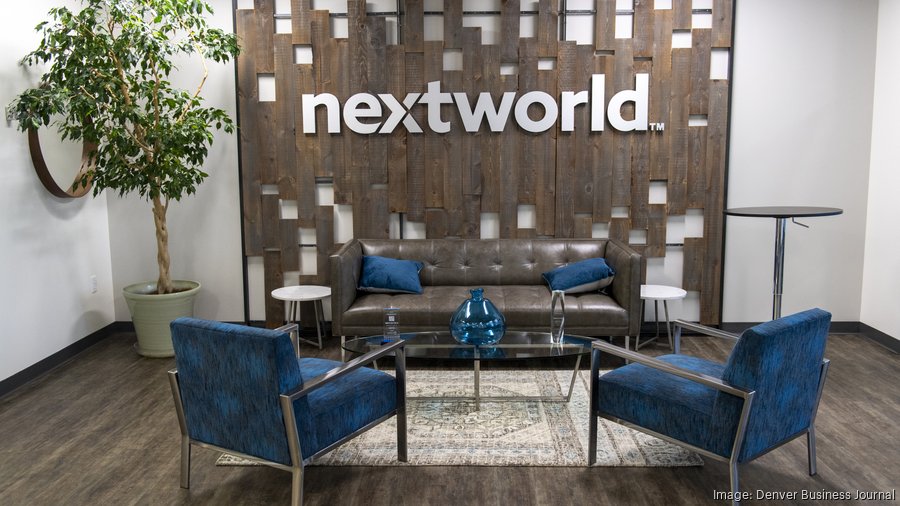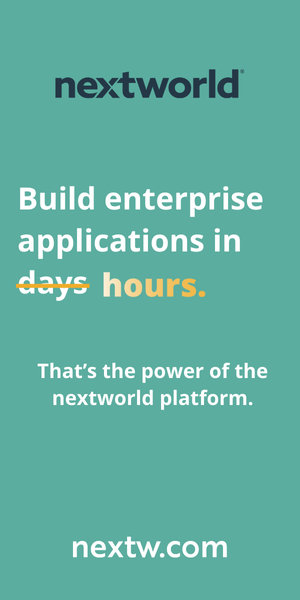Manufacturing’s relationship with technology is undergoing a marked shift. Where once digital transformation meant lengthy implementations and armies of consultants, a new paradigm is emerging—one that puts operational agility at the center of competitive strategy. The catalyst? No-code platforms that are democratizing enterprise software development and enabling manufacturers to respond to market volatility at unprecedented speed.
Today’s manufacturing environment is defined by constant disruption. Supply chain interruptions, shifting consumer demands, labor shortages, and geopolitical tensions create a landscape where adaptability isn’t just advantageous—it’s essential for survival. Traditional ERP systems, built for stability and standardization, often struggle to keep pace with these rapid changes.
The gap between business need and IT delivery has become a critical bottleneck. When procurement teams need new workflows to handle supplier disruptions, or when production planners require real-time visibility into inventory levels, waiting months for custom development isn’t viable. This tension has created demand for platforms that enable business users to build solutions themselves.
The Rise of Citizen Development in Manufacturing
No-code development represents more than just a technology trend—it’s a fundamental shift in how organizations approach problem-solving. Consider a global packaging supplier that recently faced procurement bottlenecks threatening customer relationships. Rather than initiating a lengthy IT project, the procurement team leveraged Nextworld’s no-code procurement solution to automate approval workflows and optimize supplier communications. The result: a 50% reduction in manual processes and cycle times that dropped from days to hours.
This example illustrates how platforms like Nextworld are demonstrating that no-code development can deliver enterprise-grade solutions without traditional complexity. By enabling business users to create, modify, and deploy applications in real time, these platforms collapse the barriers between operational needs and technological solutions.
This democratization of development is particularly powerful in manufacturing, where operational expertise often resides with front-line managers rather than IT teams. When domain experts can directly translate their knowledge into working solutions, organizations achieve both faster implementation and better alignment with actual business needs.
AI Integration: From Complexity to Simplicity
Modern manufacturing operations generate enormous amounts of data—from sensor readings to real-time inventory levels across multiple warehouses. The challenge isn’t collecting this data; it’s transforming it into actionable insights quickly enough to drive operational decisions.
Nextworld exemplifies this approach by integrating AI capabilities into every layer of the supply chain without requiring disruptive system overhauls. Their platform enables manufacturers to anticipate disruptions, respond to demand fluctuations, and streamline production through what they call operating at the “speed of thought.” When inventory levels for critical components drop below optimal thresholds, the system can automatically initiate purchase orders, identify alternative suppliers, or suggest production schedule adjustments—capabilities that once required months of custom development.
The Competitive Advantage of Real-Time Responsiveness
The manufacturers thriving in today’s volatile environment share a common characteristic: they’ve built operations that can sense, analyze, and respond to changes in real time. This capability extends beyond simple automation to encompass intelligent adaptation.
Consider supply chain optimization. Traditional approaches rely on periodic planning cycles and static forecasts. In contrast, manufacturers using advanced no-code platforms can dynamically adjust inventory levels, reroute shipments, and modify production schedules based on live market conditions. Nextworld’s approach involves unifying data from across operations—from warehouse stock levels to supplier lead times—and making sense of it instantly through embedded intelligence that not only highlights potential issues but can recommend and execute actions autonomously.
When a key supplier experiences delays, these intelligent systems don’t just alert managers—they evaluate alternatives, calculate cost implications, and can even execute approved contingency plans automatically. This level of responsiveness is becoming a defining competitive advantage.
Beyond Technology: Cultural Transformation
Perhaps the most significant impact of no-code platforms isn’t technological—it’s cultural. When business users can solve their own problems without relying on IT departments, organizations develop a more experimental, innovative mindset. This shift addresses one of manufacturing’s most pressing challenges: talent retention and development. Rather than competing for scarce technical talent, manufacturers can develop problem-solving capabilities within their existing workforce.
Successfully leveraging no-code platforms requires thoughtful change management and governance. Leading platforms like Nextworld demonstrate how this can be achieved through seamless integration approaches that allow teams to customize workflows without modifying core code, making updates less disruptive than traditional ERP upgrades.
Key considerations include governance frameworks that balance innovation with control, training programs that help business users understand both capabilities and limitations, integration strategies that ensure seamless operation with existing systems, and success metrics that measure business impact beyond just deployment speed.
The emergence of no-code platforms signals a broader transformation in how manufacturers approach technology. Rather than viewing IT as a separate function, forward-thinking organizations are creating technology-enabled workforces where every employee can contribute to digital innovation.
As these platforms continue to evolve, we can expect even deeper integration of AI, machine learning, and IoT capabilities, all accessible through intuitive interfaces requiring no programming knowledge. The manufacturers who embrace this democratization of technology development will find themselves with significant advantages in an increasingly volatile and competitive landscape.
The question isn’t whether no-code platforms will reshape manufacturing—it’s whether your organization will lead or follow in this transformation.
What this means for ERP Insiders
No-code development is now a strategic asset. Manufacturers should evaluate no-code platforms not just as IT tools, but as strategic enablers of business agility. With the ability to create and deploy applications in real time, business users can drive innovation directly from the front lines, reducing project timelines by up to 70%. This shift accelerates digital transformation and enhances responsiveness in supply chain planning, procurement, and customer fulfillment.
AI integration doesn’t require disruption. Leading platforms are proving that it’s possible to integrate advanced AI capabilities without overhauling existing ERP systems. Organizations can embed predictive analytics, automation, and AI assistants into existing processes through modular adoption. This phased approach allows teams to experiment with low-risk pilots while building toward more sophisticated, autonomous decision-making over time.
Real-time supply chain data is a competitive weapon. By combining no-code flexibility with real-time data integration, manufacturers can enable supply chains that think, learn, and adapt. The ability to dynamically adjust inventory levels, reroute orders, and prioritize production based on live insights provides essential agility in volatile markets and positions tech-savvy manufacturers to outpace slower-moving rivals.






